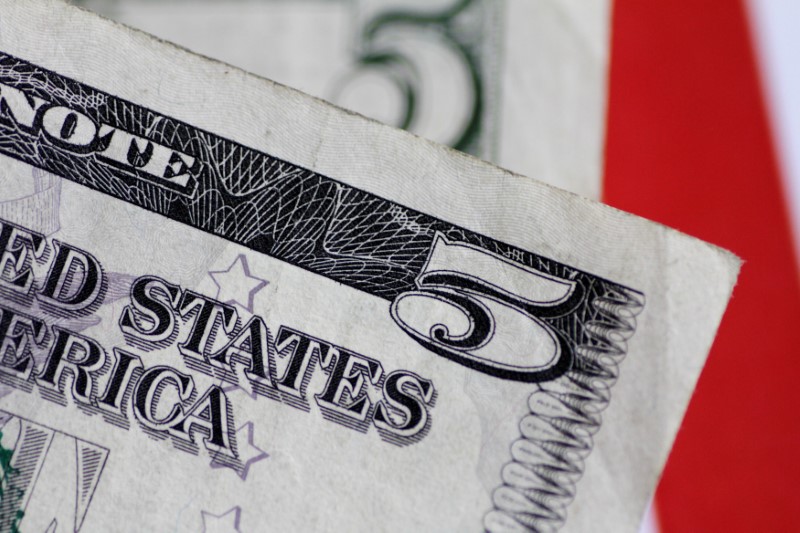By Peter Nurse
Investing.com - The dollar edged lower in early European trade Wednesday, trading near its lowest levels since early January as Treasury yields weakened with Federal Reserve officials continuing to present a dovish view.
At 2:55 AM ET (0755 GMT), the Dollar Index, which tracks the greenback against a basket of six other currencies, was down less than 0.1% at 89.602, after falling as low as 89.533 on Tuesday, its lowest level since Jan. 7.
EUR/USD traded 0.1% higher at 1.2260, after climbing Tuesday as high as 1.2266 for the first time since Jan. 8, as Europe's pandemic recovery picks up pace. USD/JPY was up 0.1% at 108.81, GBP/USD rose 0.1% to 1.4169, while the risk-sensitive AUD/USD was up 0.6% at 0.7792.
Federal Reserve officials have been keen this week to get the message across that they see any elevated inflation pressures as temporary and thus the central bank will keep its current dovish monetary policy unchanged for now.
"I have not seen anything yet to persuade me to change my full support of our accommodative stance," Chicago Fed President Charles Evans said in a speech on Tuesday.
"Right now, policy is in a very good place… We need to be patient," added San Francisco Fed President Mary Daly.
Their continued insistence that there is no real reason to back off from the ultra-easy monetary policies in the near-term is weighing on U.S. Treasury yields.
The yield on benchmark 10-year Treasury notes traded last at 1.577%, near the 1.554% mark reached overnight for the first time since the early days of May.
“The dollar may therefore remain broadly offered for the time being, with commodity currencies still reaping most of the benefits thanks to a strong start to the week in the commodity segment and the broadly supportive risk environment,” said analysts at ING, in a note.
Speaking of commodity currencies, NZD/USD climbed 1.2% to 0.7311 after the Reserve Bank of New Zealand kept its key interest rate unchanged at 0.25%, adding it would only scale back its stimulus measures after its inflation and employment targets are achieved.
Elsewhere, USD/CNY fell 0.2% to 6.3952, breaking through the psychologically-important 6.40 boundary for the first time since mid-2018, prompting Chinese state-owned banks to buy dollars at around 6.40 yuan to try and limit the Chinese currency’s gains, according to reports.
